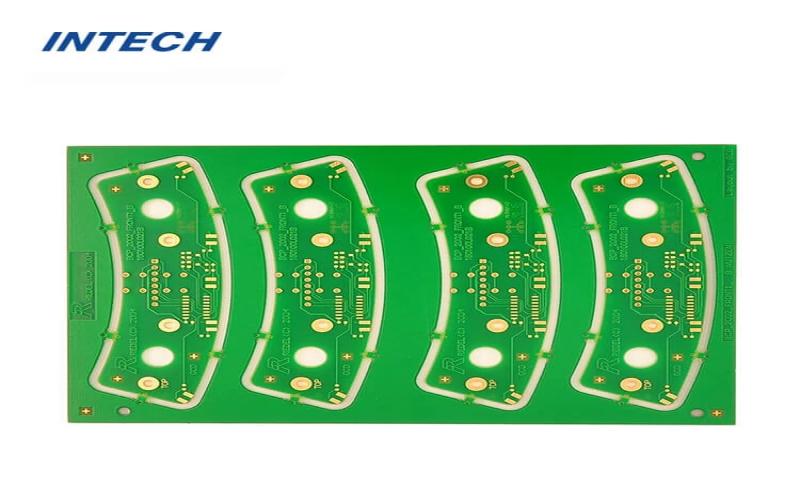Rigid-Flex Performance and Reliability
Date:2023-06-14 15:10:39
Flex-rigid PCB (Flex-rigid PCB) is a circuit board that combines soft and rigid materials, featuring flexibility and reliability. This article will discuss the performance and reliability of rigid-flex boards, including their material properties, mechanical properties, electrical properties, and reliability testing.
1. Introduction
As a new type of circuit board material, rigid-flex board has broad application prospects in the field of electronics. Its unique structure and combination of materials offer many advantages, but also some challenges. This article will provide an in-depth discussion of the performance and reliability of rigid-flex boards.
2. Material properties
The material properties of a rigid-flex board are fundamental to its performance and reliability. Soft materials usually use polymer materials such as polyimide (PI) or polyamide (PA), which have good flexibility and high temperature resistance. Hard materials usually use glass fiber reinforced epoxy resin (FR-4), etc., which have high rigidity and mechanical strength. The material selection and combination of soft and hard boards need to take into account their application environment and requirements.
3. Mechanical properties
The mechanical properties of soft and hard boards are one of the important indicators of their reliability. Rigid and soft boards need to be flexible enough to meet the needs of complex shapes such as bending and folding. At the same time, soft and hard boards also need to have high mechanical strength to ensure that they will not break or be damaged during assembly and use. The testing and evaluation methods of mechanical properties include bending test, tensile test, impact test, etc.
4. Electrical properties
The electrical performance of a rigid-flex board is one of the key factors for its reliability. Rigid and flexible boards need to have good electrical connectivity and signal transmission performance to ensure the normal operation of the circuit. The testing and evaluation methods of electrical performance include resistance testing, insulation resistance testing, signal integrity testing, etc.
5. Reliability test
The reliability test of soft and hard board is an important means to evaluate its performance and reliability. Reliability testing includes environmental stress testing, reliability life testing, thermal aging testing, etc. These tests can simulate the working conditions of the soft and hard boards in different environments and usage conditions, and evaluate their reliability in long-term use.
6. Conclusion
Rigid-flex board, as a circuit board that combines soft and hard materials, has the characteristics of flexibility and reliability. The evaluation of its performance and reliability needs to consider factors such as material properties, mechanical properties, electrical properties, and reliability testing. Through in-depth research and testing, the performance and reliability of soft and hard boards can be further improved, and their application and development in the field of electronics can be promoted.

Create new value together
Tel: +86-0755-83725002
Cellphone: +86 13823764042
E-mail: sales@intechcircuit.com
24-hour service
-- Intech Electronic Group --
